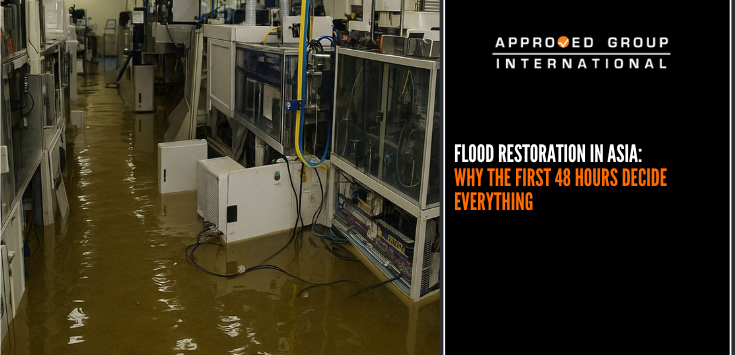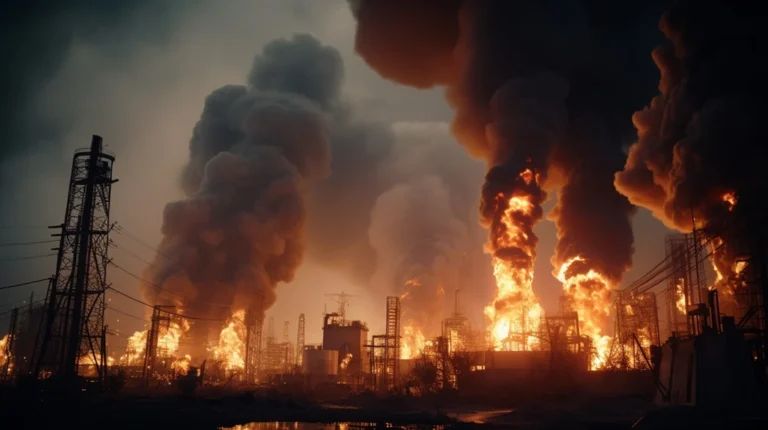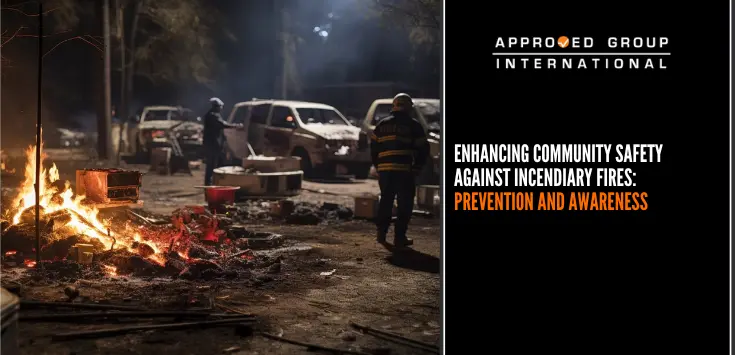The devastating impact of fire incidents is felt worldwide, resulting in significant property damage, loss of life, and emotional distress. To bolster fire prevention and safety, it’s crucial to uncover the root causes and origins of these events. Expert fire investigation is a highly specialized discipline that necessitates a blend of in-depth knowledge, scrupulous attention to detail, and the latest technology. In this comprehensive guide, we delve into the significance of fire investigation, the methodologies involved, and how the findings contribute to fortifying fire safety regulations and averting future incidents.

The Significance of Fire Investigation
Expert fire investigation is an essential practice to help decipher the circumstances surrounding a fire event. The primary objectives of a fire investigation encompass:
- Pinpointing the origin and cause of the fire
- Establishing whether the fire was accidental, natural, or intentional
- Gathering evidence to substantiate the causation
- Provide risk improvement measures
By unravelling the truth behind fire incidents, skilled fire investigators can offer invaluable insights to prevent future fires and improve fire safety measures in structures, vehicles, and industrial facilities.

Cutting-Edge Methodologies and Tools in Fire Investigation
Seasoned fire investigators utilize a combination of scientific principles, expert knowledge, and practical experience to determine the origin and cause of a fire.
Key steps in a fire investigation include:
Scene Assessment: Investigators meticulously examine the fire scene, documenting and preserving evidence, and scrutinizing fire patterns to pinpoint the area of origin.
Cause Determination: Upon identifying the area of origin, investigators analyse potential ignition sources and fuel to establish the cause of the fire.
Evidence Acquisition: Fire investigators obtain physical evidence, such as fire debris samples and impaired appliance and/or electrical reticulation for laboratory analysis. Interviews and Documentation: Investigators converse with witnesses, first responders, and building occupants to amass additional information about the incident. They also review building blueprints, maintenance records, and fire safety systems to gain a comprehensive understanding of the fire.

Fire investigators employ state-of-the-art tools and technology to aid in their fire investigations, such as:
3D Scanners: These devices generate intricate, precise 3D models of the fire scene in 4k resolution, enabling investigators to examine and visualize the scene in finest detail.
Virtual Reality Goggles: Visit the 3D models of fire scenes with VR Goggles enables insurers, reinsurers, loss adjusters, and brokers to be immersed in the site.
Gas Chromatography-Mass Spectrometry (GC-MS): This laboratory technique analyses debris samples for traces of accelerants, which may indicate use of additional fuel to enhance the fire. Expert fire investigation is a vital process that illuminates the factors contributing to fire incidents, averts future fires, and refines fire safety regulations. By partnering with skilled fire investigators and leveraging the latest technology and methodologies, accurate determination of fire origin and cause can be ensured, ultimately creating safer and more resilient communities against fire-related catastrophes.























